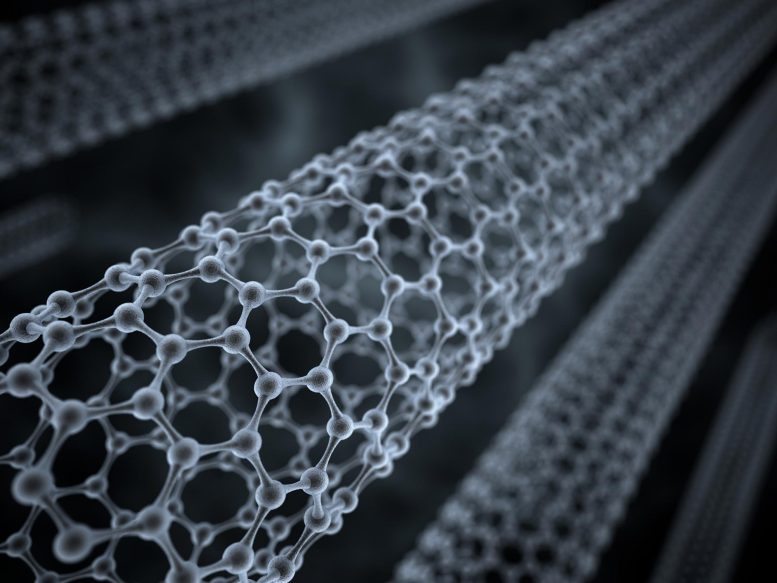
New information about nanotube fluorescence and its relationship with length and imperfections has been discovered by researchers from Rice University.
Researchers studying single-walled carbon nanotubes at Rice University discovered new information about nanotube fluorescence and its relationship with length and imperfections. According to their findings, the brightest nanotubes of the same length show consistent fluorescence intensity and that maximum brightness is proportional to length.
A painstaking study by Rice University has brought a wealth of new information about single-walled carbon nanotubes through analysis of their fluorescence.
The current issue of the American Chemical Society journal ACS Nano features an article about work by the Rice lab of chemist Bruce Weisman to understand how the lengths and imperfections of individual nanotubes affect their fluorescence – in this case, the light they emit at near-infrared wavelengths
The researchers found that the brightest nanotubes of the same length show consistent fluorescence intensity, and the longer the tube, the brighter. “There’s a rather well-defined limit to how bright they appear,” Weisman said. “And that maximum brightness is proportional to length, which suggests those tubes are not affected by imperfections.”
But they found that brightness among nanotubes of the same length varied widely, likely due to damaged or defective structures or chemical reactions that allowed atoms to latch onto the surface.
The study first reported late last year by Weisman, lead author/former graduate student Tonya Leeuw Cherukuri and postdoctoral fellow Dmitri Tsyboulski detailed the method by which Cherukuri analyzed the characteristics of 400 individual nanotubes of a specific physical structure known as (10,2).
“It’s a tribute to Tonya’s dedication and talent that she was able to make this large number of accurate measurements,” Weisman said of his former student.
The researchers applied spectral filtering to selectively view the specific type of nanotube. “We used spectroscopy to take this very polydisperse sample containing many different structures and study just one of them, the (10,2) nanotubes,” Weisman said. “But even within that one type, there’s a wide range of lengths.”
Weisman said the study involved singling out one or two isolated nanotubes at a time in a dilute sample and finding their lengths by analyzing videos of the moving tubes captured with a special fluorescence microscope. The movies also allowed Cherukuri to catalog their maximum brightness.
“I think of these tubes as fluorescence underachievers,” he said. “There are a few bright ones that fluoresce to their full potential, but most of them are just slackers, and they’re half as bright, or 20 percent as bright, as they should be.
“What we want to do is change that distribution and leave no tube behind, try to get them all to the top. We want to know how their fluorescence is affected by growth methods and processing, to see if we’re inflicting damage that’s causing the dimming.
“These are insights you really can’t get from measurements on bulk samples,” he said.
Graduate student Jason Streit is extending Cherukuri’s research. “He’s worked up a way to automate the experiments so we can image and analyze dozens of nanotubes at once, rather than one or two. That will let us do in a couple of weeks what had taken months with the original method,” Weisman said.
Read the ACS Nano article “How Nanotubes Get Their Glow” here: http://pubs.acs.org/doi/full/10.1021/nn2050328
The research was supported by the Welch Foundation, the National Science Foundation and Applied NanoFluorescence.


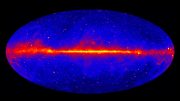
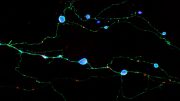


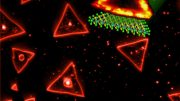
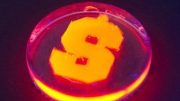
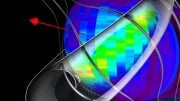
Be the first to comment on "Researchers Find Maximum Nanotube Brightness is Proportional to Length"